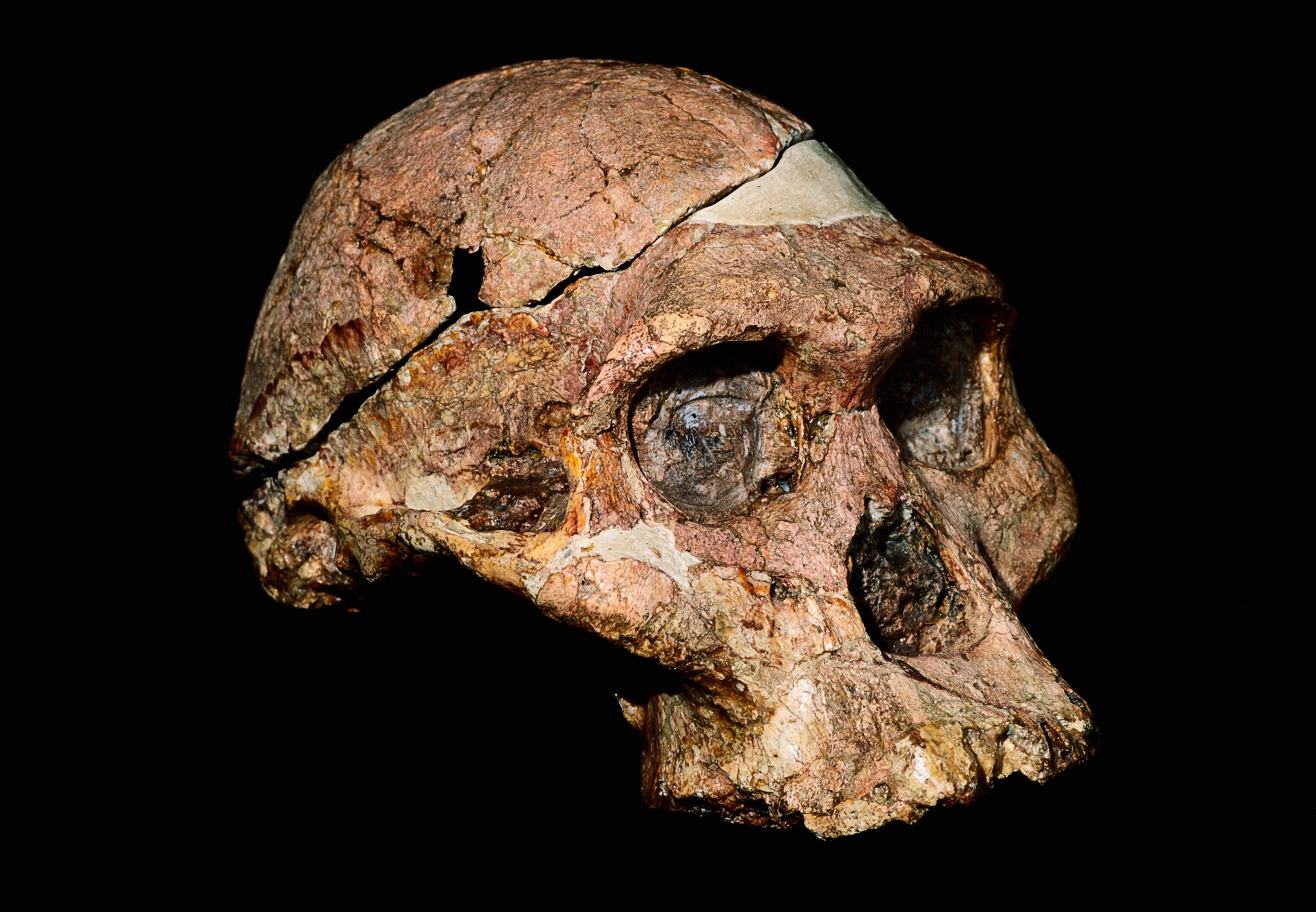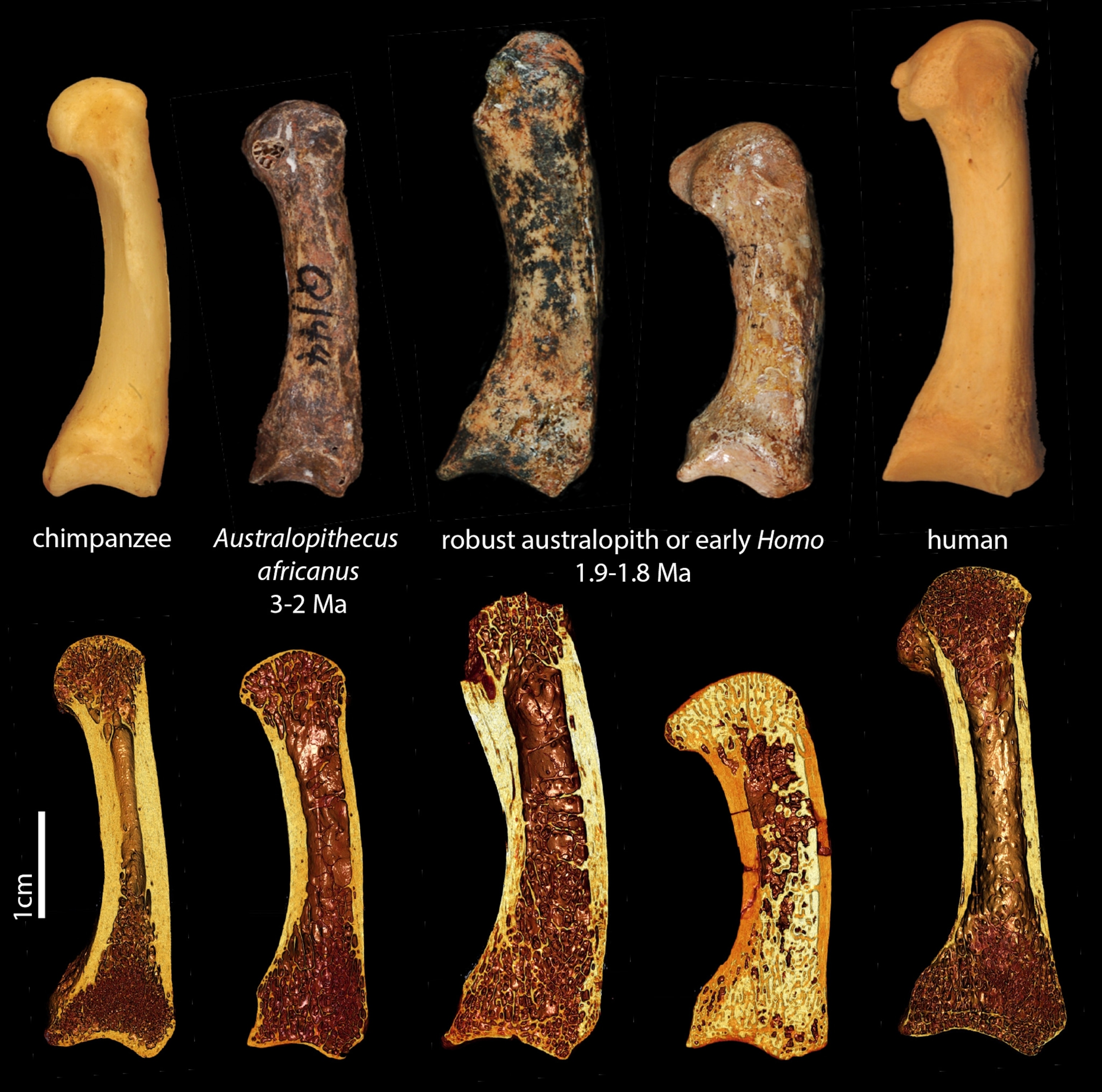
Human Ancestors May Have Used Tools Half-Million Years Earlier Than Thought
Fossil hand bones show evidence of tool use more than three million years ago.
Who swung the first hammer stone? Early human ancestors may have hefted tools more than three million years ago, ancient hand bones suggest. That’s roughly half a million years earlier than the oldest stone tools yet discovered.
The hand-bone analysis, led by the United Kingdom’s Matthew Skinner of the University of Kent in Canterbury, compared the internal structure of hand bones from modern people, chimps, apes, Neanderthals, and early human species.
Most notably in the study, released Thursday by the journal Science, researchers report on the hands of Australopithecus africanus, best known from the pierced skull of the famed “Taung child,” who may have been killed by an eagle about 2.5 million years ago.
While the pattern of spongy bone in ape hands doesn’t show signs of humanlike uses such as pinching or hammer holding, the researchers write, the hand bones of Australopithecus do. Rather than bones for knuckle-walking or tree climbing, under the palms of these early humans were anchor bones “consistent with forceful opposition of the thumb and fingers typically adopted during tool use.”
Why It Matters
Human-origins experts have long argued over the timing of the first tools, seeing in them the earliest expression of a uniquely human mode of survival. For decades, the earliest known stone tools were associated with their presumed maker, an ancestor less than two million years old called Homo habilis, or “Handy Man.”
In 2000, scientists announced the discovery of 2.6-million-year-old tools in Ethiopia, pushing this pivotal moment in prehistory back more than half a million years. Cut marks on animal bones in Ethiopia dated to 3.4 million years ago may also suggest tool use, but this has been debated. The current study supports that earlier origin.

The Big Picture
Experiments suggest that pinching sharp flakes of stone to use “to remove meat from the bone,” says the study, puts the biggest demands on the precision grip. Finding hand bones with internal structure molded by that behavior throughout life is a much better way of discerning when this critical step in our evolution took place than looking at the external shape of hand bones, as previous studies have done.
What’s more, the study shows a way to reveal tool use in our ancestors even when no actual tools are found.
What’s Next
The study findings suggest that our ancestors were using stone tools at least three million years ago, opening up new opportunities for archaeologists to search for the stone tools themselves.
Follow Dan Vergano on Twitter.




